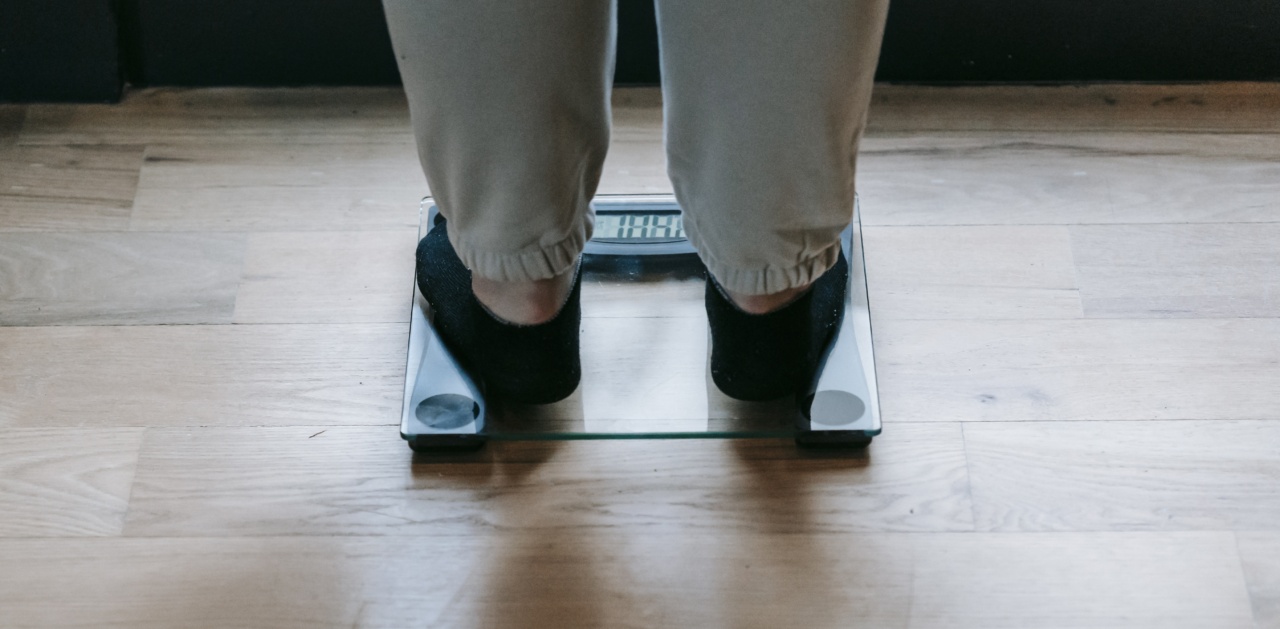Leaving your dog can be a difficult decision for any pet owner. Whether it’s due to work commitments, travel plans, or unforeseen circumstances, it’s important to weigh the options carefully and consider the well-being of your furry friend.
Dogs are incredibly social animals that can experience separation anxiety and stress when left alone for extended periods. This article will explore the factors to consider when leaving your dog, provide tips for ensuring their happiness and safety, and offer advice on finding suitable alternatives for their care.
Understanding Your Dog’s Emotional Needs
Dogs, as pack animals, thrive on social interaction and companionship. Leaving them alone for long durations can lead to anxiety, depression, and various behavioral issues.
It’s crucial to assess your dog’s emotional needs and consider their specific requirements for social engagement. Factors such as breed, age, temperament, and previous experiences can all influence how your dog copes with being left alone.
Assessing the Length of Time
Before deciding to leave your dog, it’s important to evaluate the length of time they will be alone. Dogs are generally capable of holding their bladder for a few hours, but anything beyond that can lead to discomfort and accidents.
Puppies and senior dogs have a shorter capacity, so their needs should be taken into account. Additionally, consider the overall impact on their daily routine and exercise requirements.
Creating a Safe Environment
Prior to leaving your dog, it’s crucial to create a safe environment where they can feel secure and relaxed. This involves providing proper shelter, access to fresh water, and a cozy resting area.
Ensure that the space is free from potential hazards or toxic substances, blocking off areas that could pose a danger to your dog. Provide engaging toys or puzzles to keep them mentally stimulated and prevent boredom.
Gradual Departures and Returns
Help your dog adjust to your absences by practicing gradual departures and returns. This can be achieved by leaving for short periods initially, then gradually increasing the duration over time.
By doing so, you can help alleviate separation anxiety and reduce the stress associated with your absence. Similarly, when returning home, avoid making a big fuss to avoid reinforcing any overly-excited behavior.
Establishing a Routine
Dogs thrive on routine, so it can be beneficial to establish a consistent schedule for them. This includes regular feeding times, exercise routines, and social interaction.
By sticking to a routine, your dog will have a clear understanding of what to expect, promoting a sense of comfort and security even in your absence. Consider incorporating interactive toys or leaving the radio or TV on to provide some auditory stimulation while you’re away.
Seeking Professional Help
If you know that you will be frequently leaving your dog for extended periods, it may be worth considering professional help.
Dog daycare facilities can offer structured activities, socialization opportunities, and companionship while ensuring your pet’s needs are met. Hiring a qualified dog walker or pet sitter can also provide your dog with the attention and exercise they require during your absence.
Leaving Your Dog with a Trusted Individual
If professional help is not an option, leaving your dog with a trusted friend or family member could be a suitable alternative.
Ensure that this person understands your dog’s needs, routines, and any specific instructions or medications they require. It’s vital to choose someone who is committed, responsible, and capable of providing the necessary care and attention your dog deserves.
Exploring Pet Boarding Options
When travel plans or unforeseen circumstances make it impossible to leave your dog with someone you know, exploring pet boarding options can be a viable solution.
Research local boarding facilities or kennels that prioritize animal welfare, cleanliness, and professional staff. Visit the facility beforehand to ensure it meets your standards and offers adequate space, exercise, and socialization opportunities.
Utilizing Pet Monitoring Technology
The advancements in technology have made it easier than ever to keep an eye on your dog while you’re away. Pet monitoring cameras allow you to check on your furry friend, interact remotely, and even dispense treats.
While these devices cannot replace physical human interaction, they can provide some reassurance and help ease your dog’s anxiety.
Conclusion
Leaving your dog is a decision that requires careful consideration and planning.
Understanding your dog’s emotional needs, assessing the length of time they will be alone, and creating a safe environment are crucial steps in ensuring their well-being. Gradual departures, routines, professional help, or leaving them with a trusted individual or in a reputable boarding facility are all options to explore.
By taking the necessary measures to address your dog’s social and emotional needs, you can mitigate any potential stress or anxiety, ensuring they remain happy and healthy even in your absence.



























